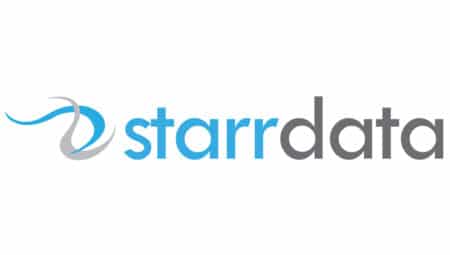Using the Salesforce1 app and incorporating these Salesforce1 tips and best practices will help you increase the efficiency of your Salesforce instance.
In an increasingly mobile world, the need to access one’s CRM anywhere is crucial. Salesforce has Salesforce1 to address those needs. This article will provide you with Salesforce1 tips and best practices.
Salesforce1 is available for the majority of smart phones and tablets, and can be downloaded from the corresponding app store. It can easily be set up and customized by your Salesforce administrator. Salesforce1 delivers a solid interface to the main Salesforce instance, with the invaluable functionality of being able to email and call customers or clients directly from their Lead and Contact records, while logging the call or email directly as activity history on that record. Custom objects and integrations can be made available on Salesforce1 as well to give the user a well-rounded Salesforce experience while on the go. On top of this, developers can further customize Salesforce1 with custom apps, Visualforce interfaces, and Lightning Components.
Without the bells and whistles that can be provided by a developer, any system administrator can make direct enhancements to the Salesforce1 interface. At the very top of the Force.com menu, is an option called “Salesforce1 Setup”. New users or less experienced administrators can begin with the Quick Start Wizard. The wizard will allow the user to customize the navigation menu, as well as create compact layouts for the contact object.
Although compact layouts are available for all objects, both custom and native, only contact compact layouts are available in the wizard. To create and edit compact layouts for other objects, go to the corresponding compact Layout section for the object to be worked on. Custom Object compact layouts can be accessed from the custom object detail screen under the Page Layouts section. Compact Layouts, themselves, will allow users to quickly focus on the most pertinent details of any record at the top of the page. Up to ten fields can be included in the Compact Layout, and multiple layouts can be created and assigned in the exact same manner as regular layouts.
Compact layouts are not a replacement for the traditional layout. They appear above the general detail section of the record. Scrolling down on the mobile device will allow the user to access the record as normal, with the interface being dependent on the type of mobile device being used. Smart phones generally utilize a single column layout, while tablets enjoy the standard dual column layout that the majority of Salesforce users are used to.
As mentioned above, compact layouts put the most important information for users in the field at the top of the screen. Having phone numbers, addresses, and the email address visible right away when accessing any record, will save time and allow the user to reach more customers and be more productive all from their mobile device.
Customizations to the navigation menu will allow users to access only what they need to, as well as be ordered per the needs of the user. If a field agent is out working on a sale, quick access to the opportunity may mean the difference between closing the sale or not. It is important to note, that any global actions added or removed during the quick start wizard will update Salesforce as a whole, not just the Salesforce1 interface.
Other aspects of the Salesforce1 Setup include the ability to apply branding, security measures, and offline caching. Offline caching will allow users to view a cached version of Salesforce data from their mobile or tablet device when not connected to a network. The option in Salesforce1 Setup is global to enable the ability for all users. Once the ability has been enabled, individual users can cache their most recent data before going into the field. Updates made to records while cached, will sync once Salesforce1 is once again accessed on a network signal.
With a refined Salesforce1 interface, any field staff member can work more efficiently no matter where they are. In an increasingly global and mobile world, these Salesforce1 tips and best practices can allow users to get the most out of their CRM tools. The ability to work whenever and wherever can allow users to meet, and potentially even exceed, the demands of regular business.
Looking to sharpen up your Salesforce instance?

StarrData helps you get the most out of Salesforce. If you would like information on the services we offer, call us at (888) 391-4493 x101.

